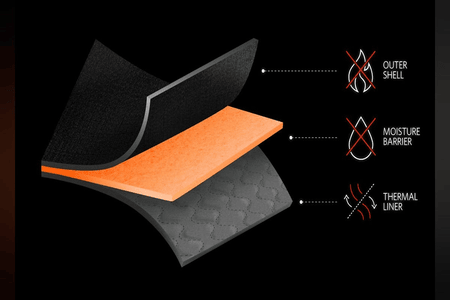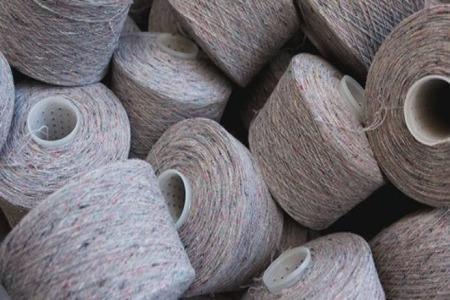
Ethiopia’s traditional weaving from white cotton is dying out
YarnsandFibers News Bureau 2015-08-19 15:00:00 – AfricaEthiopian fashion has entered the international fashion industry, with well-known Ethiopian designers and models running fashion lines in many countries. Despite a fast growing fashion and design industry, centuries-old traditional weaving is noticeably dying out in Ethiopia. In ancient times, Ethiopians wore traditional outfits woven from white cotton with wooden looms.
Though weaving has been a way of life for centuries all over Ethiopia, nowadays, traditional weavers supply their white cotton cloth to designers, who in turn make all sorts of modern designs, the Dorze ethnic group in the south of the country is best known for weaving and their variously textured woven cotton cloths.
Ethiopian weavers mainly supply their products to the local market. Designers of hand-woven traditional garments buy the products, work on a design, sew and embroider the cloth, before exporting the end product. These end products come in a variety of forms: skirts, shawls, shorts and trousers, scarfs, caps, bags, sweaters and shirts among others.
Traditional weaving is nearing extinction because the new generation is not showing interest, and for good reason. Some Ethiopian weavers said that they are improving quality of their products and receiving greater demand – but are not being paid well for their labor and time.
For instance, they said that they are paid nearly $40 for cloth sufficient for a shawl and a dress, but only $6 for a scarf, which is very low considering the weaver’s labor and time.
The Traditional Weavers Selam Teramaj Plc association established 13 years ago has 30 members. Some members of the association have learned weaving from their family. But the new generation is not interested in weaving either they want to lead to better life or find it to be a tiresome work and the income gained from it is not satisfactory compared to the labor and time taken.
Designers are the ones getting profit and recognition out of their work. There is no question of the importance of designers in promoting their traditional cloths across the world. However, weavers are the ones doing 80 percent of the work and are not getting fair payment or recognition.
Genet Kebede, owner of Paradise Fashion said that the final product depends on the quality of input, including yarn and threads among others, which increase demand for their traditional cloth and make them competitive in the global market.
Genet, who attended design school in Buenos Aires, Argentina for three years, and also studies fashion in Italy, exports her hand-woven fabrics to the UK. She have been in this business for 22 years. According to her, they do not have much choice here, but in other countries there are different kinds of yarn ranging from synthetic to natural yarn and cashmere.
According to Genet, the way to preserve Ethiopia’s traditional weaving industry is to incorporate weaving into technical and vocational education and other higher learning institutions’ curricula. This will help future generations preserve their unique traditional weaving. If there are no weavers then there will be no hand-woven garment designers too and thus weavers should earn an appropriate income.
Market Intelligence
Ask for free sample Report

experience
Customer Base
dedicated team
Countries Served Worldwide









